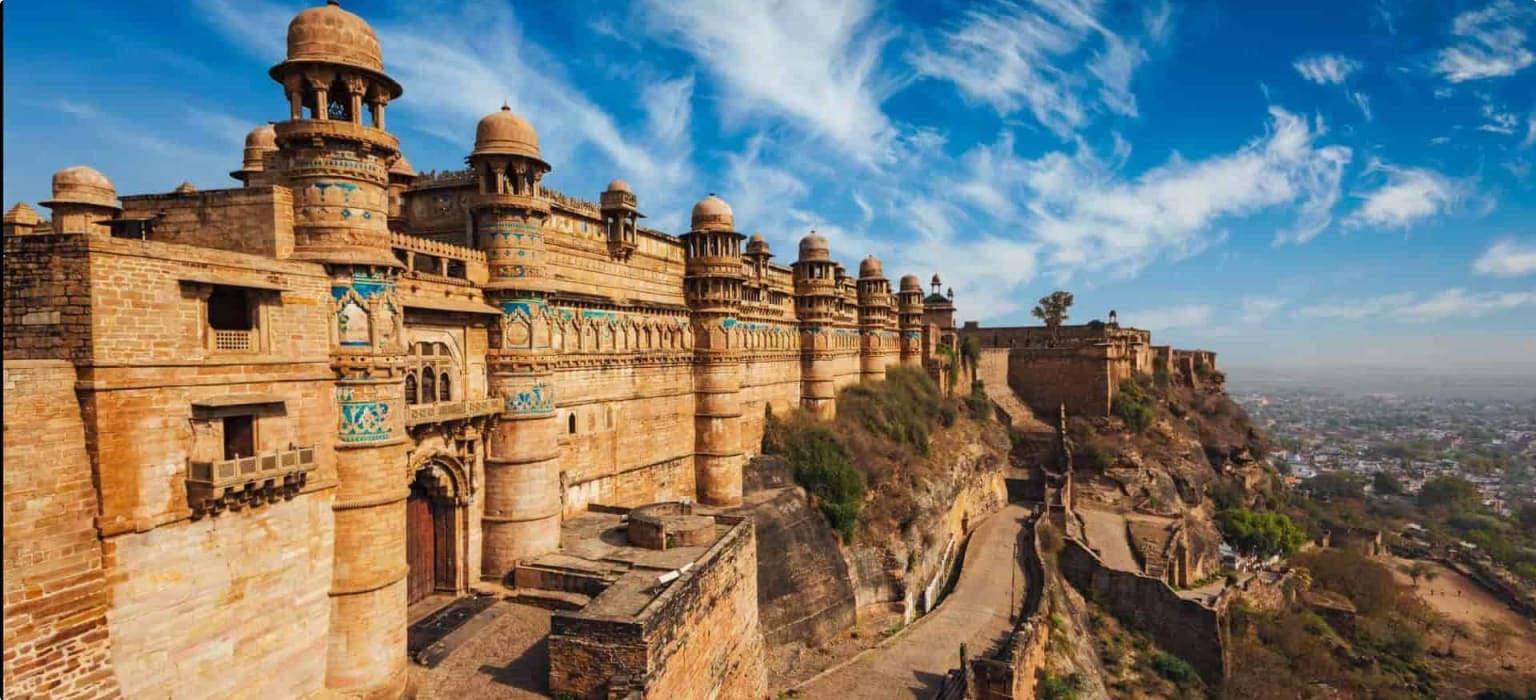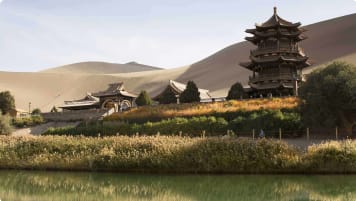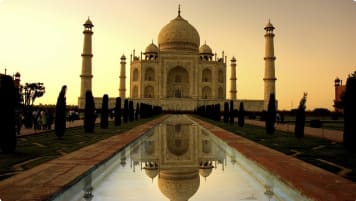The History of India: The Definitive Guide
The Clash of the Mughals and the Marathas The Mughal Empire officially ruled in India from approximately 1526 until 1856. Unofficially, however, Mughal reign became obsolete much sooner than 1856. It was in the later…
25 May 19 · 8 mins read

The Clash of the Mughals and the Marathas
The Mughal Empire officially ruled in India from approximately 1526 until 1856. Unofficially, however, Mughal reign became obsolete much sooner than 1856. It was in the later part of Aurangzeb’s reign (1658-1707) until his death that power began to shift and the Mughal Empire began its downward trajectory. Aurangzeb was an equally feared and respected military leader, who was ruthless in his never-ending desire to conquer new territories. He was immensely disliked by his people because he undid most of the work on religious tolerance that his predecessors achieved, by taxing non-Muslims and razing Hindu temples. This article will will explore the highlight of Aurangzeb’s reign: the Mughal-Maratha wars; was well as how they were the beginning of the end for the Mughal empire. Specifically, it will look at the series of events and influences that occurred from the 1660s to 1730s, including Shivaji’s revolt, Aurangzeb’s death, and the rise of the Saiyid brothers, that contributed to the Mughal’s loss of power. It will also point toward British colonisation as the final nail in the coffin for the Mughal empire. Before reading on, if you would like a bit more background into the Making of the Mughal Empire and its earlier emperors, click here.
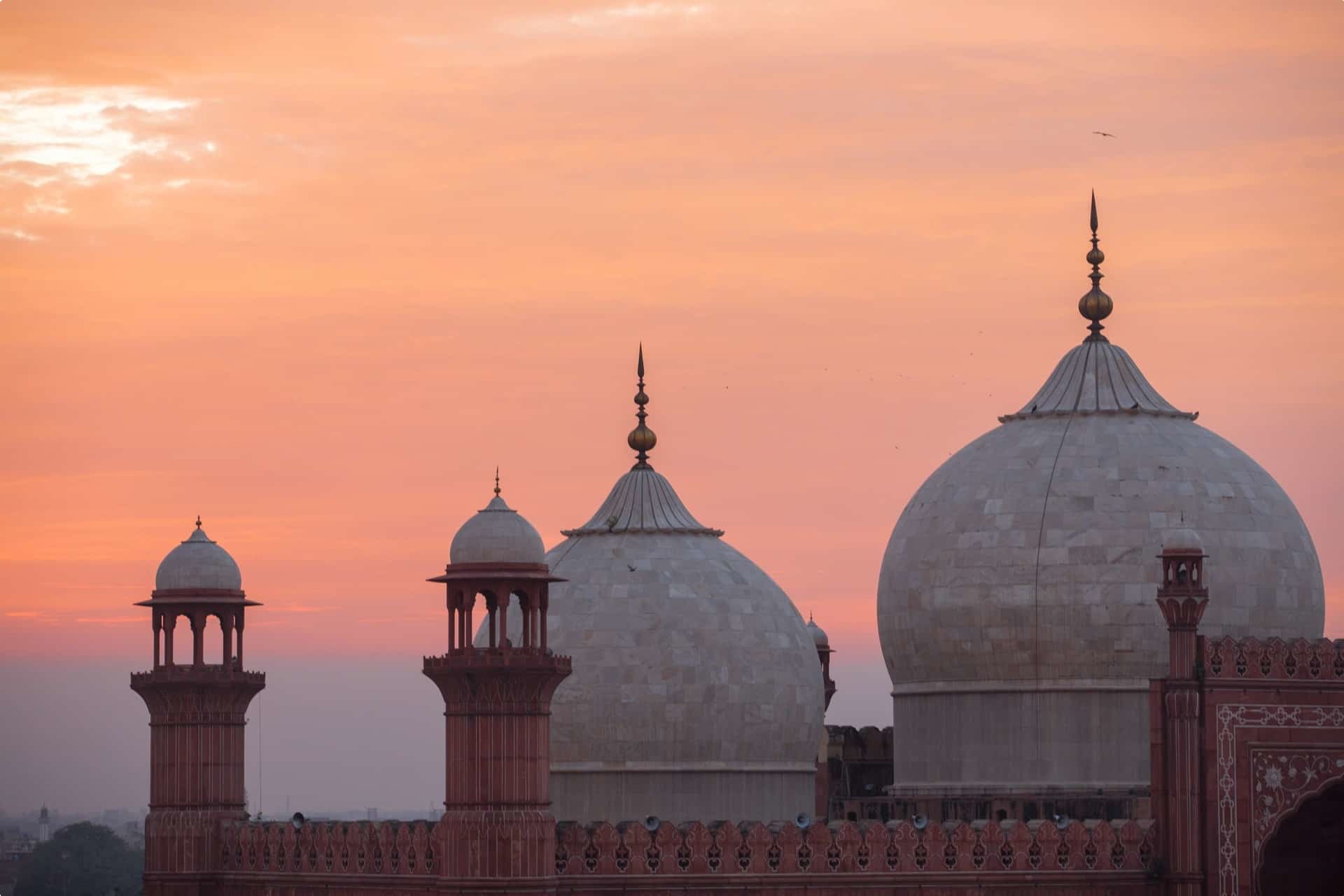
Where the Marathas began
Aurangzeb ruled the Mughal empire from 1658,when he forcibly ascended the throne by defeating his brother and imprisoning his father, until his death in 1707. While he followed some guidelines set by his ancestors’ ruling, such as Akbar’s strategy of incorporating defeated populations into his administration, he opposed many others, including policies of religious tolerance. Religion was a major influence on politics in India at the time, and a decisive factor that contributed to the rise of the Maratha Empire. Even when dignity and prestige were claimed to be more important than religion in the imperial courts (Keay 2000, p. 351), Aurangzeb heavily favoured Muslim as the administration’s dominant religion, and it was integral to the ‘state’s character, regardless of how the religion was interpreted or applied in a political sense’ (Pillalamarri 2016). Aurangzeb never downplayed his religious beliefs in any area of administration and developed a poor reputation among the Hindu citizens across the empire, who made up the vast majority of the population, but still were placed at a disadvantaged because of it.
At this time, the Mughal Empire was decentralised, meaning that many of the states and even towns were managed by their own nobles, who acted as a mediator with the Emperor, but rarely liaised with him. Additionally, Aurangzeb was focused on defending his borders with the Persians and Turks. These two elements created the perfect opportunity for Shivaji to take action against the regime.
Shivaji (1630 – 1680)
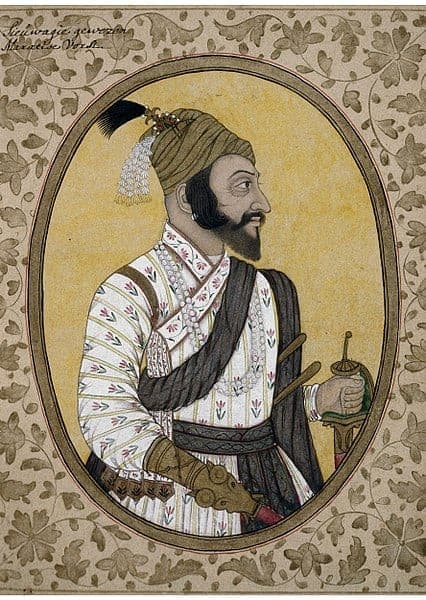
In the 1650s, Shivaji became fed up with the religiously-based injustices in the Mughal Empire and began to rebel against it. He used guerrilla warfare and strong military prowess to overthrow several military posts in Bijapur. His strategy was widely successful, and he was cunning against the opposing armies sent by the Emperor to deter him. With each win over the Muslim oppressors, Shivaji grew more and more popular as a symbol for Hindu nationalists in their defiance of Muslim supremacy (Keay 2000, p.350). More men joined his cause, and Shivaji grew bolder in his campaigns to loot the rich Mughal towns, namely Surat. But the bolder he became, the more attention he drew from the Emperor. The Emperor was being humiliated by Shivaji’s resiliance and sent an army of approximately 15,000 men to retrieve and imprison him. Shivaji sued for the opportunity to negotiate his fate, so the Emperor paid for him to be transferred to and accommodated in Agra (Keay 2000, p. 353). He escaped in 1666 and returned to continue with his quest to free Hindus from Muslim rule. He remained steadfast on the trail for expanding the Maratha Empire and in 1674 was named king (Keay 2000, p. 354).
Due to the growing defiance that Shivaji was instilling in his followers, Aurangzeb became even stricter with taxes and policies against Muslims. But despite considerable Mughal pressure, the Marathas reciprocated with just as much pressure. By the time of his death in 1680, Shivaji had amassed several hundred forts in southern India, hundreds of thousands of cavalry in his support, and was the first leader in India to establish a navy for additional defense (Desai 2019). His death became the catalyst for the start of the Mughal-Maratha wars, also referred to as the Maratha War of Independence.
Mughal-Maratha War (1680 to 1707)
Between the deaths of Shivaji and Aurangzeb (1680 to 1707), the Mughals and Marathas constantly met with strife over the territory that each wanted in the name of their religions. Both had large armies of men that would in the 30-year war continue to establish and re-establish dominance in the area. Traditionally, the Narmada river was the dividing line between Deccan, the Marathas’ stronghold, and the North, the Mughals’ (Keay 2000, p. 357). Shivaji left his son Sambhaji in a strong position to continue developing the Empire, which he did. He led the troops to victory time and time again, and was only defeated after one of his men betrayed his position to Aurangzeb. Sambhaji was executed in 1689. His half brother, Rajaram, took up leadership for the next 11 years. He continued the legacy that his father and brother set, but after nearly two decades of fighting, spoke with Aurangzeb about a cease-fire. The vindictive Mughal emperor refused, and the wars continued.
It would appear that even Aurangzeb, in his later years, realised that the war was fruitless, but he maintained his position. With every defeat, the Mughal reputation and authority both took hits. While, to the contrary the Marathas were seen as a guiding light for many people. Upon invading certain areas, for example Hyderabad, they established a ‘protection racket’ against the Mughal armies and revenue collectors (Keay 2000, p.357-9). In this way, Marathas were highly regarded among the citizens for their ability to save them from violence and poverty, while the Mughals were increasingly painted in a villainous image. Despite having given up hope of winning the wars, Aurangzeb prolonged them for many years, then later planned his retreat.
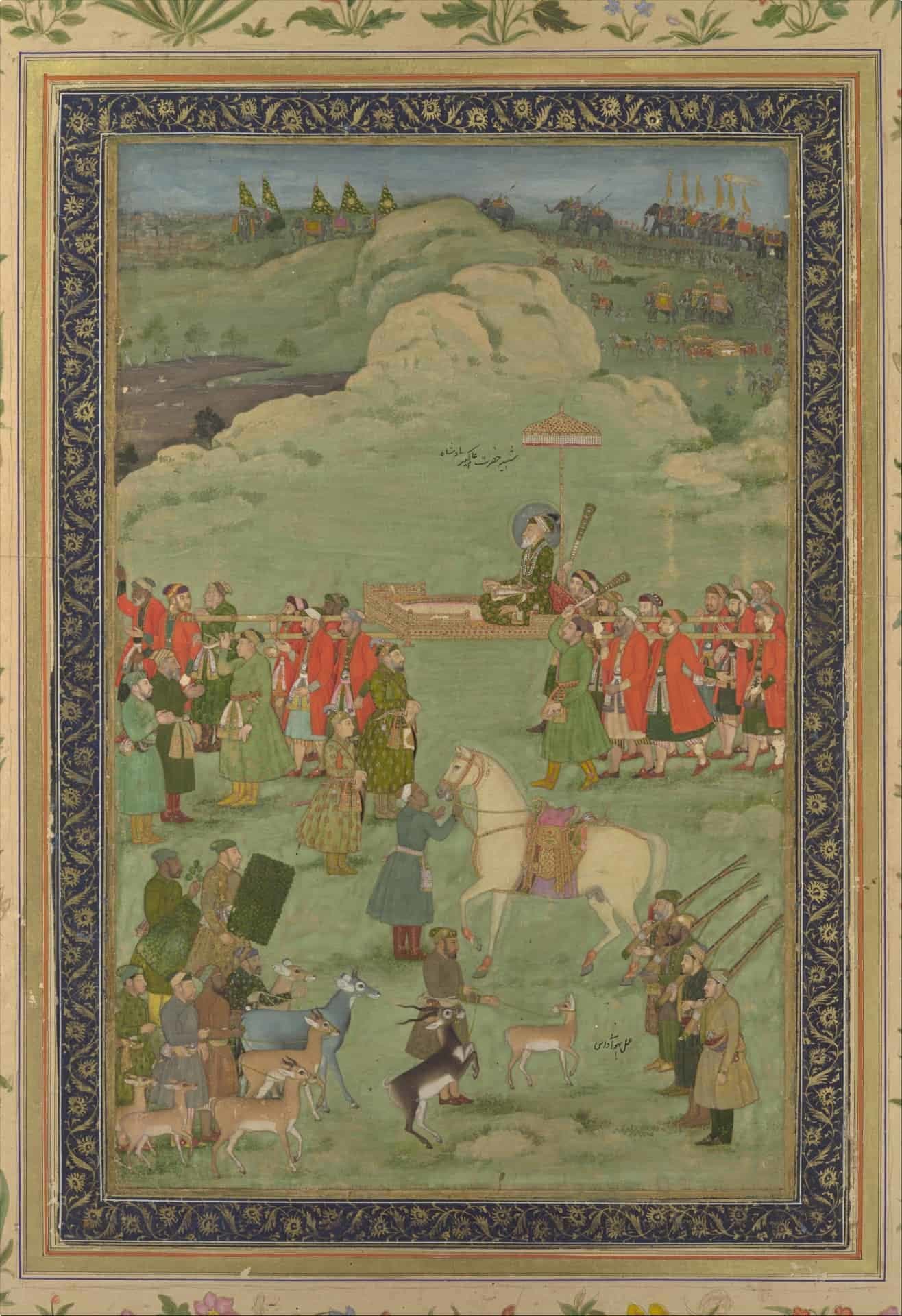
Aurangzeb died in 1707, an event which completely changed the dynamics of the war because all of his approximate 17 heirs were of age to ascend the throne (Keay 2000, p.359). It is rumored that Aurangzeb requested that his empire be divided among his sons (Sunidhi). But instead, succession wars ensued among Mughal royalty, diverting their attentions from their external threats, whereby the Marathas were able to cross the Narmada river and successfully take a large amount of the Mughal territory. In a similar way to how Aurangzeb took to the throne, Bahadur Shah I defeated his brother on the same battle ground. The new Mughal emperor, Bahadur Shah I, released Shahuji, grandson of Shivaji, from prison, who boldly took the Maratha throne (Keay 2000, p. 363). Shortly thereafter, the Marathas also experienced a succession war as Shivaji’s aunt challenged him on behalf of her son. Bahadur Shah I began attempts to unify the empire contrary to Aurangzeb’s decentralised system. But he was unsuccessful, and revolts from the Rajput and Sikh nobility arose for the proper authority to manage their lands. His death, after a mere five years in power, sparked yet another expensive competition for the throne (Keay 2000, p.364).
The Saiyid Brothers’ Legacy
The Saiyid brothers were the powerful duo of Saiyid Husain Ali Khan and Saiyid Hassan Ali Khan Barha. They have also been nicknamed the ‘kingmakers’ because of their impressive influence over deciding who would ascend the throne. The two were elite political actors in the Mughal empire. Whoever they chose to back, would become the new emperor, and in exchange the two brothers would gain even more credibility and power. For example, this was the case with Farrukhsiyar (1713-1719), who was unable to challenge his brother on his own and was supported by a number of troops provided by the Saiyids. During his reign, the Saiyids yearned for more power and attempted to manipulate Farrukhsiyar to follow the policies that they set out, but he refused (Sunidhi). As a result, the Saiyids successfully plotted for his dethrone, and roped in the Marathas in the process. They arranged for Farrukhsiyar’s death when he would not sign a peace treaty with the Marathas. The Saiyids then promoted two ineffectual young emperors one after the other, both whom were unable to remain in power for more than six months. One did, however, agreed to the treaty overseen by the Saiyids to end the Mughal-Maratha wars, by compromising Mughal rule of Deccan for Maratha’s autonomy in their homeland (Keay 2000, p. 366). Next, the Saiyids supported Muhammad Shah as emperor, who reigned for nearly 30 years from 1719 to 1748. To his relief, the Saiyids, who closely hovered over his rule for the first year of his reign, were eliminated in 1720. However, their influence was paramount to Mughal history and the end of the Mughal-Maratha wars.
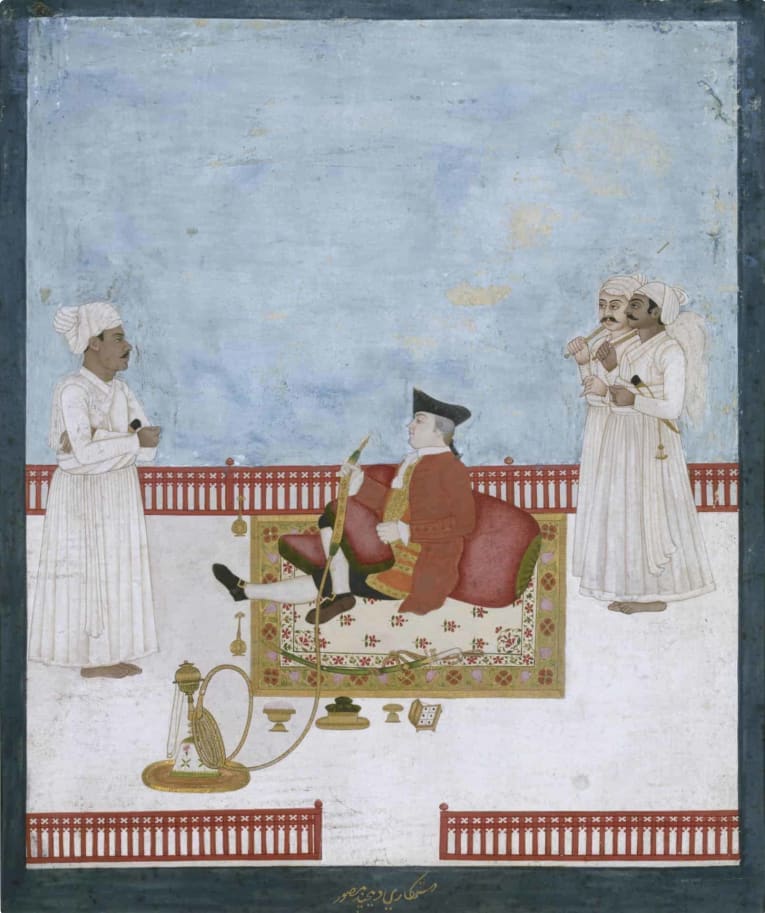
The Mughal Empire: Breaking Apart
Following the peace treaty, the Marathas were granted a farman, or an ‘imperial directive’ establishing status or privilege (Keay 2000, p. 370), of autonomy over their homelands. They thus began to expand outward to reclaim their traditional lands, including to the west to the Gaikwads, south to the Peshwas, north to the Scindias, and east to the Bhonsles. Despite the policies established by the Saiyid brothers to reconcile all of the nobles in the remaining states and create a centralised administration, many nobles across the empire disobeyed them, primarily because they envied the seemingly limitless power that the Saiyids had, and wanted the same for themselves (Sunidhi). The nobles maintained their power in their states, and in the decades that followed, the Mughal Empire was further divided into several successor states.
While the Empire’s political power steadily declined, its economy soared as this was the time that the East India Trading Company established its trade relations between the British and Mughal economies. These relations slowly began in the 1690s, but were vamped up in the 1710s by a farman signed by Emperor Furrakhsiyar, who granted them trading privileges. On this authority, the Company associated itself with the Marathas and the noblemen in several states, most of which established a ‘banian’ or ‘dubash’ as a mediator between the Company and the locals (Keay 2000, p. 376). Each state individually interacted with the Company through this mediator, segmenting the economy, just as they had segmented the administration. Further still, human capital was a significant portion of the economy as states sold the use of their troops, domestically as well as in Europe (Keay 2000, p.376). This was particularly evident during the Anglo-French battles for control of the continent’s south. Ultimately, this resulted in Britain’s control of India. By this point, the Mughal emperor was essentially powerless because of the decentralisation of both the administration and the economies. After a failed attempt to stage a coup against British powers, the last Mughal emperor Bahadur Shah II was exiled to Rangoon in 1857. This signified the absolute end of the Mughal empire and the start of India as a British colony.
In our next article, we will explore the British colonisation of India.
Related Tours
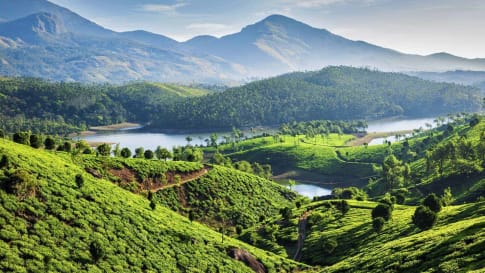
22 days
Nov, MarCultural and History Tour of India | Small Group Tour
Visiting India
Small group tour for mature and senior couples and solo travellers to India. Visiting Delhi and the red fort, Jaipur, Agra and so much more over 22 days explore the world of the Mughal.
From A$12,300 AUD
View Tour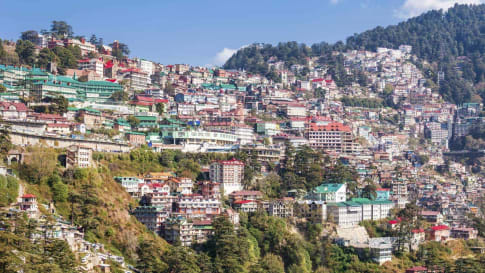
days
OctNorth East India Explorer
Visiting India
An out-of-this-world trip to the Indian countryside.

11 days
Nov, Mar, OctIndia Short Tour | Small group tour for seniors
Visiting India
A short small group tour for Mature and seniors couples and solo travellers of India and its icons. Bounded by the majestic Himalayan ranges in the north and edged by an endless stretch of golden beaches. India is a vivid kaleidoscope of landscapes, magnificent historical sites, such as the Taj or red fort royal cities, such Dehli, Jaipur , Agra and Madras colourful people, and rich culture.
From A$9,250 AUD
View Tour
15 days
OctNorth East India small group escorted cultural tour
Visiting India
A unique small group cultural tour visiting the North East region of India, this tour was created for seniors travelling as couples and solo travellers. As we journey through the magnificent landscape and culture we stop to explore Darjeeling, which shares history with Bengal, Sikkim, and Nepal, as well as Tiger Hill, where we witness the changing colours of the sunrise in the Himalayan Range.
From A$9,750 AUD
View Tour